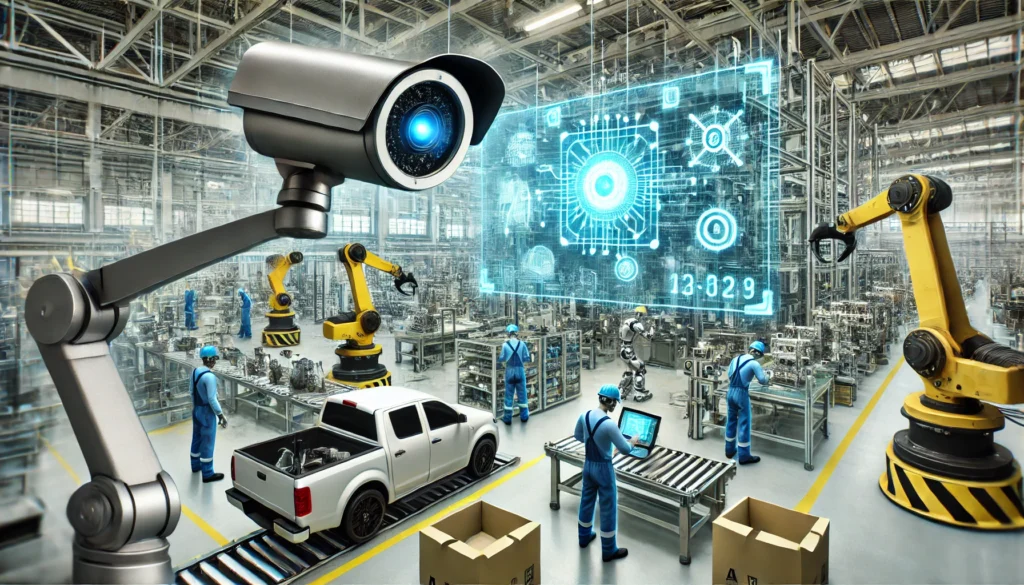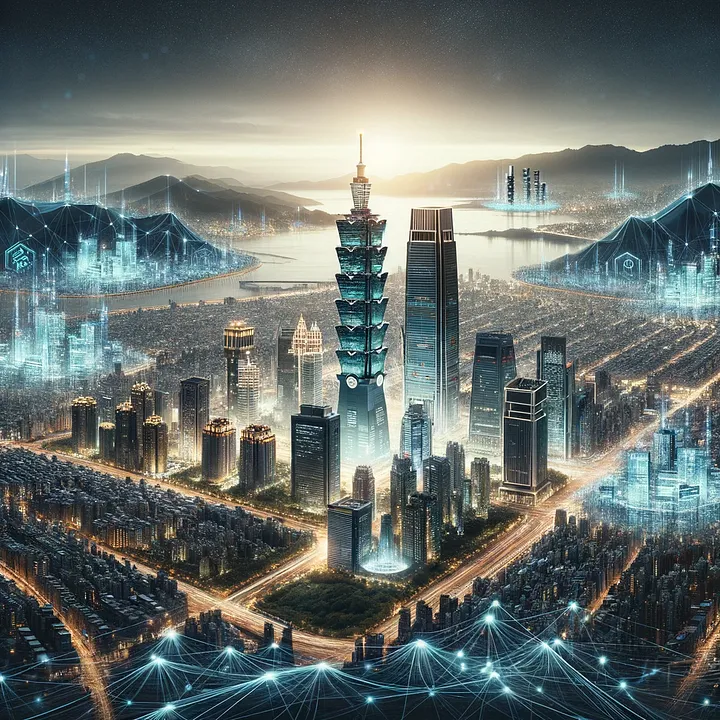While AI PCs and AI servers will no doubt continue to dominate the technology news cycle for the rest of 2024, the edge computing or edge AI segment will also be worth watching thanks to the proliferation of AI cameras for myriad video intelligence applications in factories, stores, hospitals, and remote locations such as mines and power generation sites.
AI cameras come in a wide variety of configurations depending on the use case that they are being deployed for. They generally combine an image sensor/lens module with a compute module that runs specially trained AI algorithms for detecting people, objects, and signs of distraction and fatigue. Wireless or fixed network connectivity is also a standard feature, so that when the camera identifies a potential safety threat it can send an alert to the cloud for immediate action. In many cases, the camera can can also send images or videos of events such as a collision to the cloud for review and storage. This can be very helpful for identifying the root cause of an accident and processing insurance claims.
One of the most compelling aspects of AI cameras is their ability to streamline operations and enhance consumer interactions without human intervention. In manufacturing, these cameras can be configured to detect defects that human eyes might miss, ensuring product quality and reducing waste. In retail, beyond personalized marketing, they manage inventory by tracking which products are popular and which aren’t, thus optimizing stock levels. In healthcare, AI cameras facilitate quicker diagnosis and remote patient monitoring, ensuring timely medical intervention and reducing the strain on medical facilities.
One of the most critical applications for AI cameras lies in their ability to enhance safety across various environments. From industrial vehicles to public spaces, AI cameras are being installed to detect and send alerts of potential safety hazards and irregular activities. Companies like VIA are leading the way by integrating robust AI cameras in industrial vehicles and heavy machinery used in mining and construction such as forklifts, haulers, and excavators to prevent accidents and ensure a safer working environment. These solutions prevent collisions with pedestrians, vehicles, and other obstacles using people and vehicle detection as well as object recognition technologies. Fire prevention, leakage detection, and PPE inspection are other examples of AI camera safety applications.
As AI algorithms evolve, the hardware becomes even more powerful and affordable, and 5G infrastructure expands, the potential for innovation in the AI camera space is breathtaking.
Long time technology industry fan here in Taiwan.



